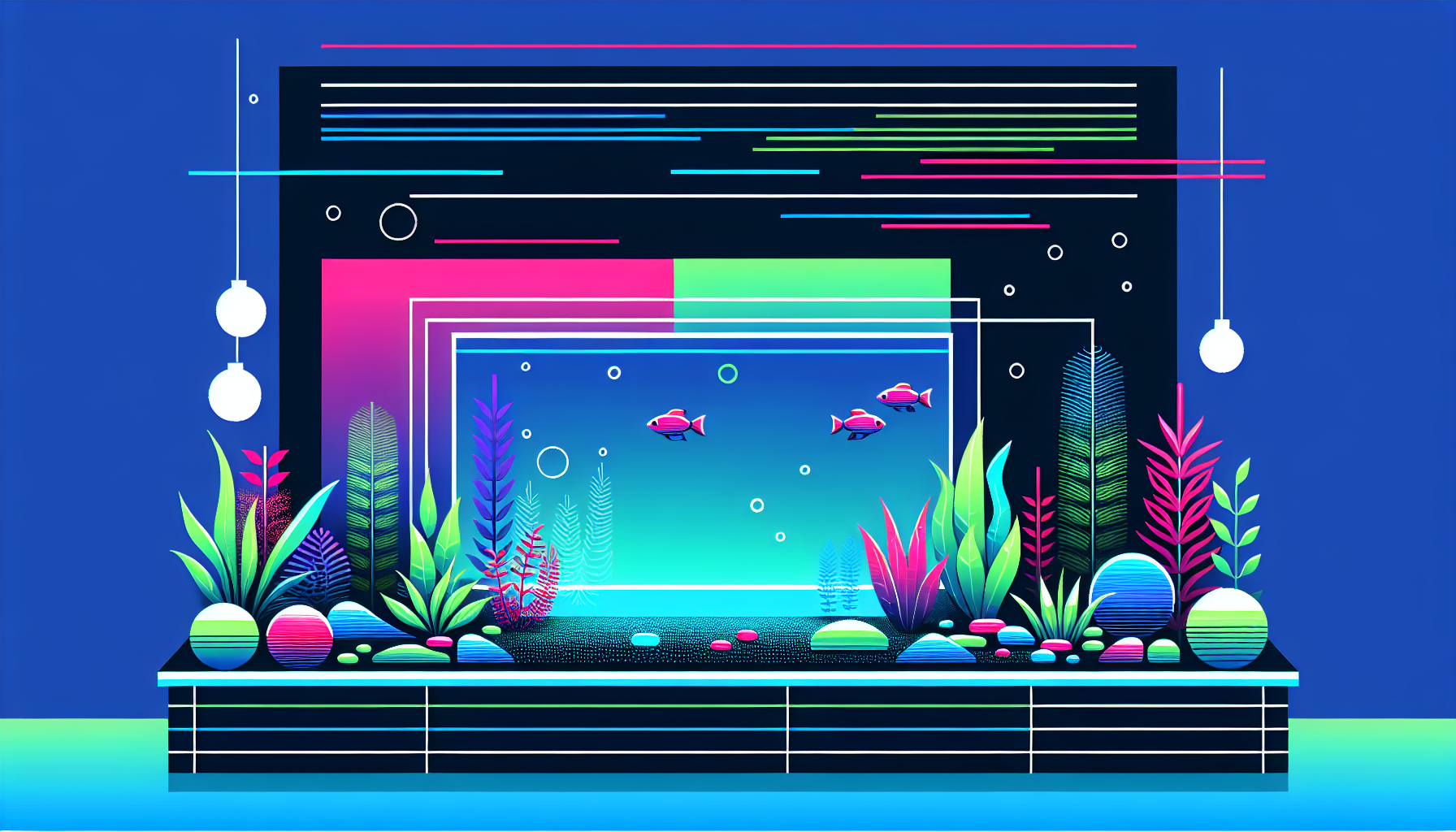The Beginner’s Guide to Aquascaping: How to Create Your First Planted Aquarium
Ready to turn your passion for aquariums into a breathtaking underwater landscape? Aquascaping combines creativity and science, making it a rewarding hobby for beginners and seasoned enthusiasts alike. This comprehensive guide will walk you through the key steps and essential tips for setting up your very first planted aquarium — from choosing the right equipment to designing your aquascape layout. Let’s dive in!
What is Aquascaping?
Aquascaping is the art of arranging aquatic plants, rocks, stones, driftwood, and other materials in an aesthetically pleasing manner inside an aquarium. While similar to gardening, aquascaping takes place underwater, creating a living work of art that provides a healthy environment for aquatic life. Popular styles include the Iwagumi aquascape, Dutch aquascape, jungle layouts, and more.
Why Start Aquascaping?
- Creativity: Express yourself through unique designs and layouts.
- Stress Relief: Watching a serene planted tank reduces anxiety and boosts relaxation.
- Healthy Environment: Live plants support fish health by improving water quality.
- Learning Opportunity: Understand aquatic ecosystems and plant care.
Essential Equipment for Your First Planted Aquarium
Setting up a thriving aquascape requires some basic aquarium equipment. Here’s what you’ll need:
1. Aquarium Tank
For beginners, a tank size between 10 and 30 gallons offers plenty of space for aquascaping without being overwhelming.
2. Substrate
Use a nutrient-rich planted aquarium substrate like ADA Aqua Soil, or a mix of gravel and aquasoil, to support root development.
3. Lighting
Quality aquarium lights mimic natural sunlight to ensure healthy plant growth. LED lights are energy efficient and easy to adjust for intensity and spectrum.
4. Filtration
A reliable filter keeps your aquarium water clean and clear. Canister filters and hang-on-back models are popular options for beginners.
5. CO2 System (Optional)
CO2 injection systems are not essential for low-tech setups, but they can vastly improve plant growth in high-light aquascapes.
6. Tools
Aquascaping tools like curved scissors, tweezers, and planting tongs help with precise planting and trimming.
Choosing Plants and Hardscape Materials
Beginner-Friendly Aquatic Plants
- Anubias: Hardy, low-light tolerant, and slow-growing.
- Java Fern: Easy to attach to driftwood or rocks; thrives with minimal care.
- Cryptocoryne: Adaptable to various conditions; comes in several attractive varieties.
- Vallisneria: Perfect for the background, providing vertical height.
Hardscape Elements
- Rocks: Seiryu stone, dragon stone, or lava rock add texture and structure.
- Driftwood: Creates a natural look and provides hiding places for fish and shrimp.
- Gravel & Sand: Used for contrasting substrate layers or accent paths.
For more inspiration, explore our aquascaping ideas and layouts page.
Setting Up Your Planted Aquarium: Step-by-Step
- Plan Your Layout: Sketch your design or use an aquarium design tool. Decide on the focal point and the type of aquascape style you want (nature, Iwagumi, Dutch, etc.).
- Add Substrate: Layer your substrate, sloping it from back to front to create depth.
- Arrange Hardscape: Position rocks and driftwood using the rule of thirds or golden ratio for visual appeal.
- Plant Selection: Place larger or background plants first, followed by midground and foreground varieties.
- Fill the Tank: Slowly add dechlorinated water to avoid disturbing your layout.
- Install Equipment: Set up your filter, heater (if needed), lighting, and CO2 system.
- Begin Cycling: Allow your aquarium to run without fish until beneficial bacteria establish. This process usually takes 3-6 weeks.
- Monitor and Adjust: Test water parameters regularly. Adjust lighting hours and nutrients as needed for optimal plant growth.
- Add Fish and Invertebrates: Once the tank is cycled and stable, gradually introduce compatible aquatic species.
Tips for Success in Your First Aquascape
- Start simple — choose easy plants and a clean layout to build confidence.
- Perform regular water changes (20-30% weekly) to maintain water quality.
- Trim plants to prevent overgrowth and maintain your desired design.
- Watch for algae, which can indicate excess nutrients or light.
- Be patient! Aquascaping is a process — your creation will flourish over time.
Common Mistakes to Avoid
- Overstocking with fish before cycling is complete.
- Using inappropriate substrate for plant growth.
- Skipping regular maintenance and water testing.
- Neglecting to dose fertilizers in planted tanks.
Continue Your Aquascaping Journey
Aquascaping is a continually evolving hobby that encourages experimentation and learning. As your skills grow, you can explore advanced topics like high-tech aquascaping, DIY CO2 systems, and aquascape competitions. Don’t forget to check out our aquascaping guides for more tips and in-depth tutorials.
Ready to Build Your First Planted Aquarium?
With the right tools, knowledge, and plenty of creativity, anyone can succeed in the art of aquascaping. Share your questions, progress, or finished aquascapes in the comments below or join our aquascaping community for feedback and support. Happy aquascaping!



